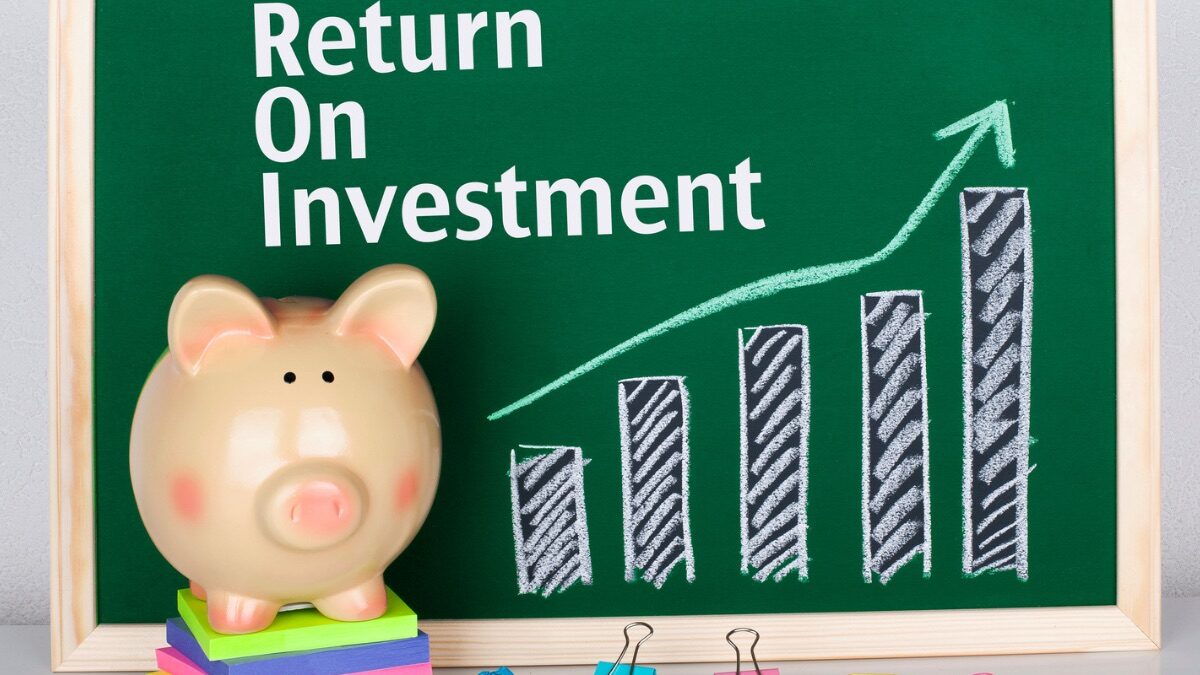Calculating the return on your investments is essential when you start investing. Although there are times when it is not possible to know exactly how much you will earn, you can always make an estimate.
In addition to the gross return, it is also important to learn how to calculate the net return and the residual return. In other words, take into account fundamental aspects such as possible fees, the impact of inflation and also taxes.
In the following lines you will find out how to find out the return on your individual investments and on your investments as a whole.
How do I know the return on my investments?
The first thing you need to know is how much you stand to gain, or at least a forecast of the estimated returns.
This is not always easy with some investment products. In fact, it is very complicated unless you are dealing with products such as a fixed-term deposit, fixed income investment or certain real estate crowdfunding formulas, where you can have a basic estimate.
In the case of stock market investment, if you invest in shares it will be practically impossible to make an estimate.
The situation changes if you invest for the long term in indexed form. You cannot know what you are going to earn each year, but there is data on the annualised performance of the index over the last few years. For example, in the case of the S&P 500, since its inception in 1928, it has returned 9.81%. That is the average return.
In the case of fixed income, it is easier to know the yields, especially if we are going to hold the investment to maturity. If so, and the bond pays an annual coupon at 3.5%, then our gross return should be 3.5% per year. Another thing is if you invest in fixed income through a mutual fund, in which case it is in your interest to know how fixed income really works.
One of the best investments when it comes to knowing the return on investment in advance is real estate crowdfunding. In wecity you can know the target return of each project before investing, which gives you a great advantage when it comes to knowing the return on your investments.
The importance of commissions, taxes and inflation
However, in addition to these figures, such as the 3.5% of fixed income or the 9.8% of the S&P 500, you have to discount the possible commissions applied by each product and the impact of inflation.
As far as fees are concerned, depending on the product in which you invest, you will have to look at the costs in one way or another.
Mutual funds charge different fees, such as deposit, management or withdrawal fees, and these can undermine the expected final return. The same applies to other products such as ETFs, shares or any other equity. All products have fees, however small they may be.
In investment funds or crowdfunding, these costs are subtracted directly from the money you will receive in your account.
Then you will have to calculate the tax impact of the investment, which will subtract between 19% and 28% from your return.
Finally, don’t forget about inflation. Inflation has a direct impact on the value of money. This means that if inflation is 2%, your money will lose 2% of its value.
If the gross return is 3% and inflation is 2%, your real return – without deducting expenses – will be 1%. This is something you should always bear in mind, as an investment that exceeds at least the level of inflation is considered profitable.
How do I calculate the return on my investments?
Now that you have all the facts on the table, you need to get out your calculator to find out exactly how much you can earn from an investment. To do this, take as an example one of the wecity investment opportunities that offers a 12% return in one year.
From this 12% you must subtract inflation, as investing in wecity is completely free for investors. Therefore, if inflation in Spain is 2.3%, as expected by Bankinter, you would have to subtract that 2.3% from the 12%, which leaves you with an expected gross return of 9.7%. This means that if you invest 10,000 euros, you would earn 1,200 euros gross and 970 euros in real terms in a single year.
However, you will see the 1,200 euros in your account, as this is the nominal value of the profit. However, the real value will be 970 euros due to the effect of inflation.
If the investment has a term of more than one year, such as a stock market investment, you must calculate the annualised return taking into account compound interest and inflation each year. To do this, you can use tools that calculate the compound interest of investments. However, in this case, you do have to deduct the expenses that the products may charge you.
For example, if an S&P 500 ETF has an annual fee of 0.35%, you should deduct it from that 9.81%. Thus, if you invest in a 5-year term with an initial investment of 10,000 euros, you would gross 15,966 euros. From this, you have to deduct 0.35% per year and an average inflation rate of 2%, in total the cost would be 1,135 euros. Therefore, your real return would be 4,831 euros over five years.

